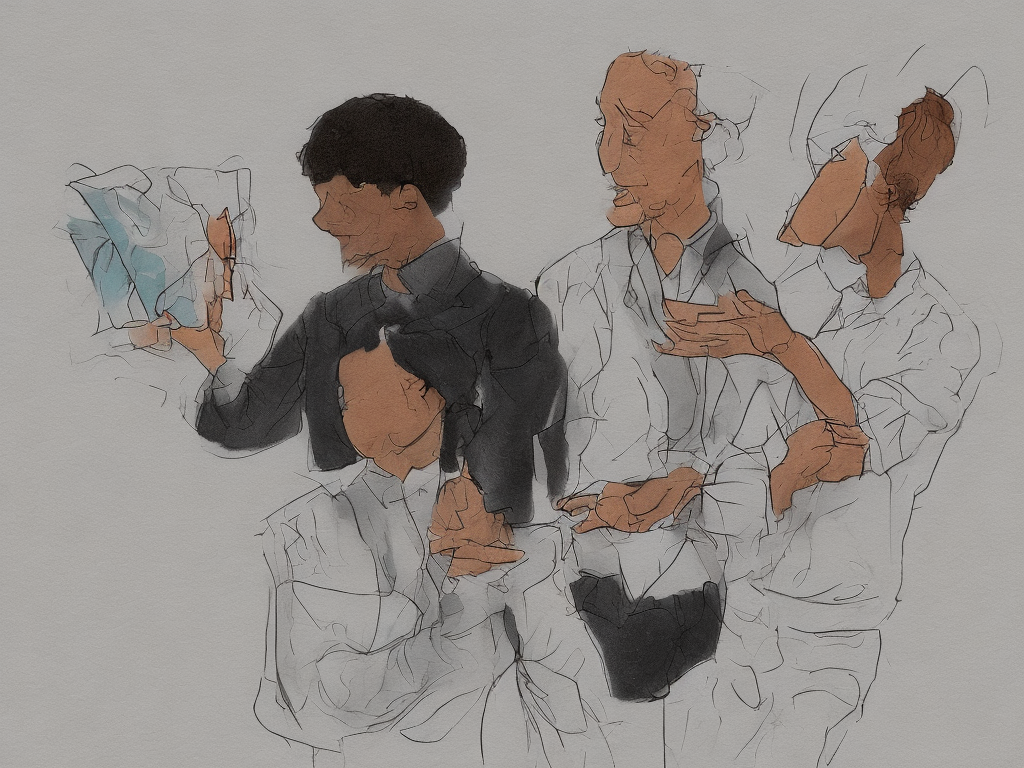
The Difference Between Portfolio And Resume: A Comprehensive Guide
In today's job market, presenting ourselves in a professional and impressive manner is crucial for getting hired. Two documents that play vital roles in showcasing our skills and achievements are portfolios and resumes. Although both have similar purposes - to market ourselves for a job - there are significant differences between the two. In this article, we will examine what a portfolio and resume are, their differences, and how to use them effectively.
What is a Portfolio?
A portfolio is a collection of work samples that showcase skills, creativity, and expertise. They can be both physical and digital, depending on the industry or personal preference. Portfolios are usually used by creative professionals, such as writers, designers, photographers, and artists. However, they can also be used by non-creative professionals who have significant projects, research, or achievements they would like to showcase.
Types of Portfolios:
1. Physical Portfolio: This is a tangible collection of work samples that are bound together in a book or binder. Physical portfolios can display photographs, paintings, sculptures, or any other physical creation that cannot be replicated digitally.
2. Digital Portfolio: A digital portfolio is an online collection of work samples that is accessible by a link or website. Digital portfolios can display many mediums such as photographs, videos, writing samples, website design, and more.
3. Hybrid Portfolio: This type of portfolio combines both physical and digital elements. For instance, a graphic designer can showcase their paper sketches alongside their finished digital projects in the same physical portfolio.
What is a Resume?
A resume is a formal document that summarizes an individual's education, work history, and skills. It is usually a one or two-page document that highlights the most significant accomplishments and qualifications. Resumes are often used by a wide range of professionals to apply for jobs, including those in creative fields.
Types of Resumes:
1. Chronological: This resume presents job experiences in a timeline format, starting with the most recent position and working backward. Chronological resumes are commonly used when an applicant's work history shows stable progression in their field.
2. Functional: A functional resume is a skills-based approach that focuses on an applicant's skills instead of their job history. As a result, it is best suited for applicants who have gaps in their employment history or changing careers.
3. Combination: This type of resume combines both the chronological and functional formats, highlighting both the applicant's skills and job experiences. Combination resumes are best suited for mid-career professionals with a diverse range of experiences.
Differences Between a Portfolio and Resume:
1. Purpose: The primary purpose of a resume is to secure a job interview. It is a document that summarizes an individual's work history, skills, and qualifications so hiring managers can quickly assess whether they are a fit for the role. In contrast, the main purpose of a portfolio is to showcase an individual's creative or professional work, demonstrating their skills and expertise in their field.
2. Content: Resumes are comprised of text only; it is a summary of work and educational experience. In contrast, portfolios typically include pictures, videos, writing samples, and other materials that showcase the individual's work.
3. Scope: Both documents are tailored to specific job applications, but the resume is usually focused on one particular role. In contrast, portfolios tend to be more comprehensive, showing the breadth and depth of the individual's work throughout their career.
4. Audience: Resumes are designed with hiring managers or recruiters in mind, so it is important to highlight relevant work experiences to capture their attention. In contrast, portfolios can be viewed by people in the industry or even the general public.
How to Use Resumes and Portfolios Effectively:
When applying for a job, it's essential to understand how to use both a resume and portfolio effectively. Here are some tips on using them effectively:
1. Customize your portfolio and resume for each job application.
2. Make sure to showcase your most impressive work with your portfolio.
3. Use keywords from job descriptions within both documents.
4. Keep your resume concise and relevant with impactful bullet points.
5. Keep in mind who your audience is and tailor accordingly.
6. Ensure that both documents are free from typos and grammar errors.
In conclusion, a portfolio and resume serve different purposes, but both are essential in today's job search market. A portfolio showcases the breadth of an individual's work and career, while a resume highlights their work history and relevant skills that make them an ideal candidate for a job. With proper utilization, both documents can effectively market an individual's skills, experience, and abilities, increasing their chances of landing their dream job.
 Self-Instruct
Self-Instruct